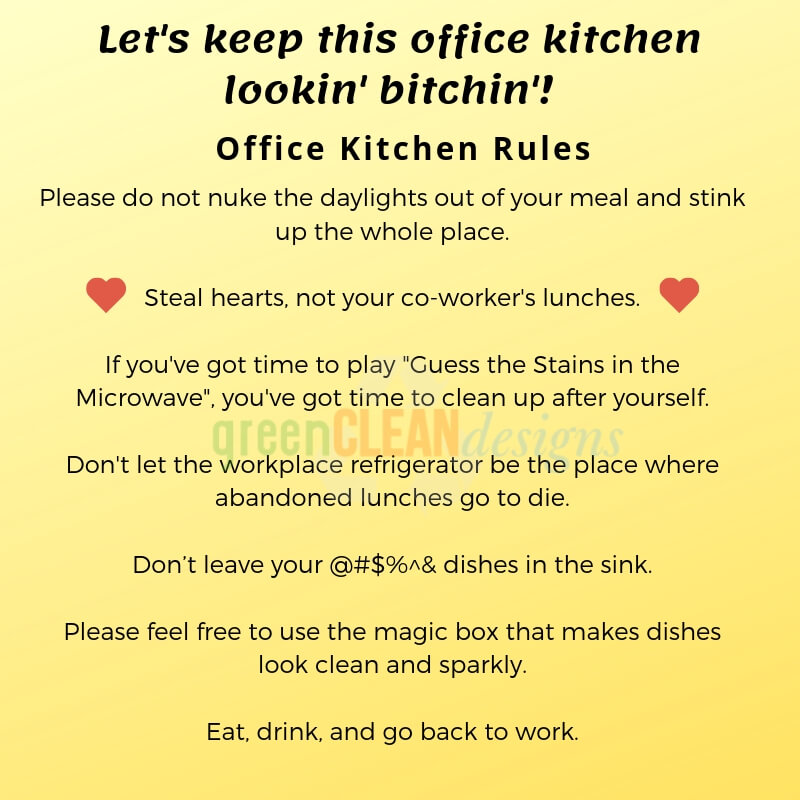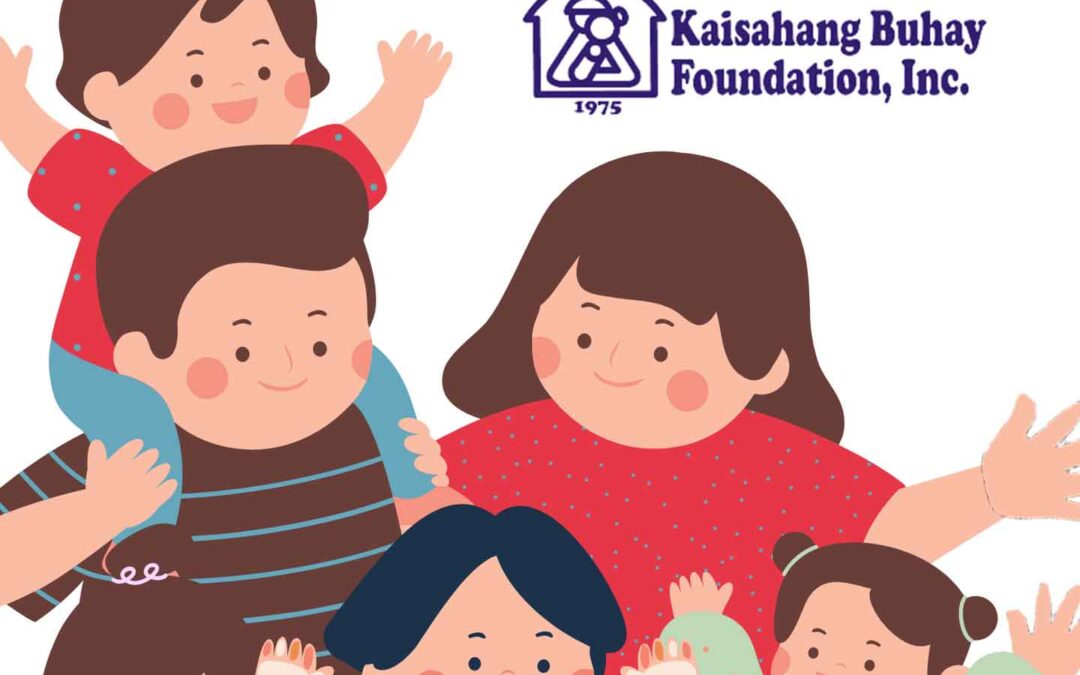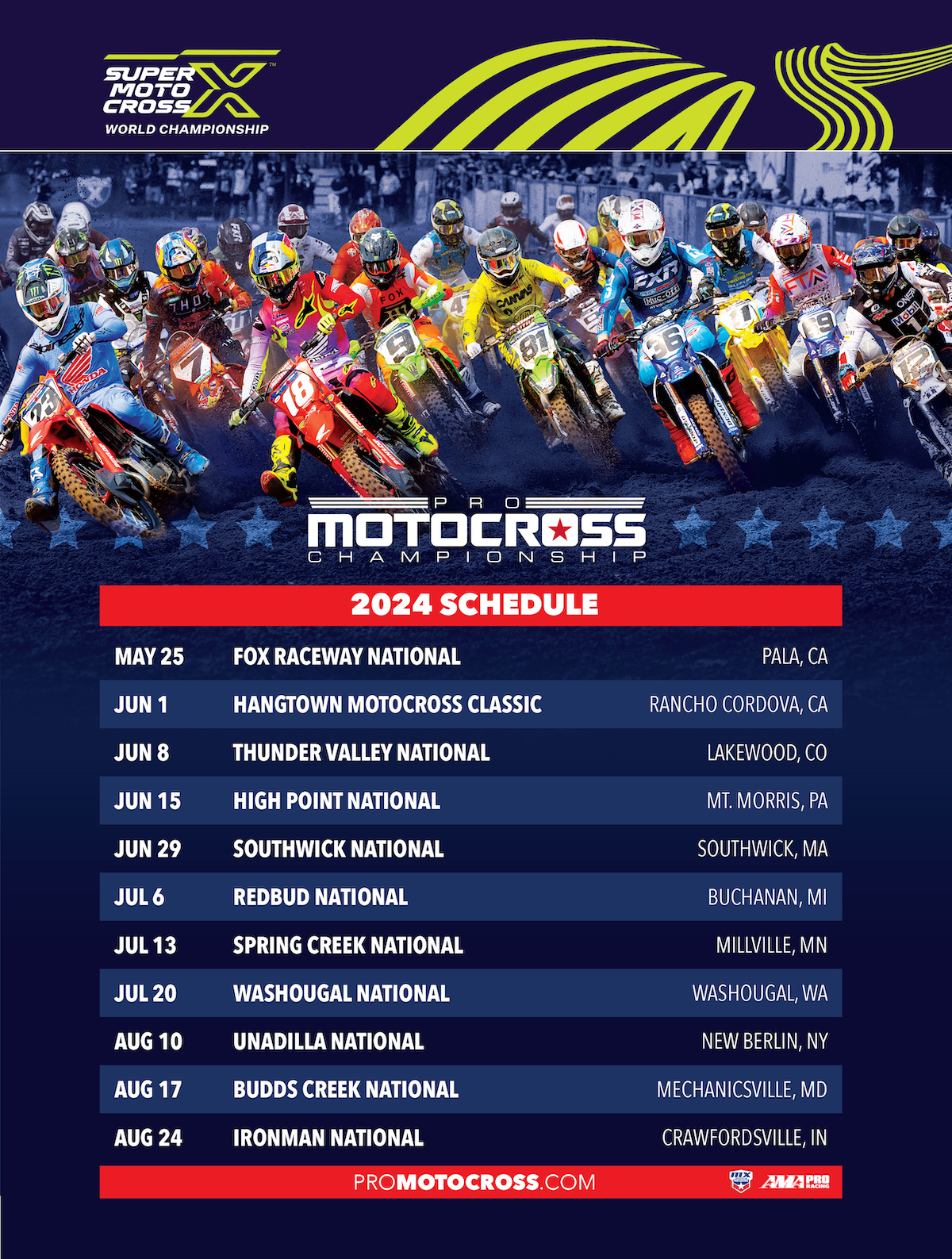Office Lunch Etiquette: 6 Rules For Professional Success

Table of Contents
- Choosing Your Lunch Strategy: Avoiding the Etiquette Minefield
- The Ordering Dilemma: Group vs. Solo Lunch
- BYOL (Bring Your Own Lunch) Best Practices
- Restaurant Etiquette for Workplace Lunches
- Maintaining Professionalism During Lunch Breaks
- Conversation Starters and Topics to Avoid
- Phone Usage and Digital Detachment
- Cleaning Up After Yourself
- Networking and Building Relationships Over Lunch
- Using Lunch as a Networking Opportunity
- Building Rapport and Making Connections
- Conclusion
Choosing Your Lunch Strategy: Avoiding the Etiquette Minefield
Lunchtime presents a variety of scenarios, each with its own etiquette considerations. Understanding these nuances is key to smooth sailing.
The Ordering Dilemma: Group vs. Solo Lunch
Deciding whether to order lunch as a group or individually depends on several factors.
- Group Ordering Pros: Can be more efficient and foster team bonding.
- Group Ordering Cons: Can be slower due to differing preferences and dietary restrictions. May lead to disagreements on choices or cost.
- Solo Ordering Pros: More efficient and avoids potential conflicts. Offers greater food choice flexibility.
- Solo Ordering Cons: Can feel isolating, especially for new employees.
Strategies for Efficient Group Ordering:
- Pre-plan: Send out a quick poll beforehand to gauge preferences and dietary needs.
- Assign an Order-Taker: Designate one person to take orders and relay them to the restaurant.
- Establish a Budget: Agree on a price range to avoid awkwardness later.
BYOL (Bring Your Own Lunch) Best Practices
Bringing your lunch is a cost-effective and healthy option. However, there are some etiquette considerations to keep in mind.
- Appropriate Food Choices: Avoid strong-smelling foods like fish or overly spicy dishes that might bother colleagues. Steer clear of messy foods that are difficult to eat neatly at your desk.
- Food Storage & Reheating: Use appropriate containers to avoid spills and odors. If reheating your lunch, do so discreetly and be mindful of microwave usage times.
- Clean-up: Dispose of your trash properly and leave your workspace clean. Avoid leaving lingering smells.
Example: Opt for a leak-proof container for soups and salads, and use a microwave-safe container for reheating leftovers.
Restaurant Etiquette for Workplace Lunches
When dining out with colleagues, remember to maintain professionalism.
- Table Manners: Practice basic table manners, such as chewing with your mouth closed and avoiding loud slurping.
- Splitting the Bill: Decide beforehand how you'll split the bill to avoid awkwardness.
- Tipping Appropriately: Tip generously and fairly, reflecting the service received.
- Professional Conversation: Keep conversations professional and engaging. Avoid lengthy personal calls or disruptive behavior.
Example: If you're meeting a client for lunch, remember to be punctual and maintain a professional demeanor throughout the meal.
Maintaining Professionalism During Lunch Breaks
Even during a break, maintaining a professional demeanor is crucial.
Conversation Starters and Topics to Avoid
Lunch is a great opportunity for casual conversation, but it’s important to choose your topics wisely.
- Appropriate Topics: Weekend plans, hobbies, industry news, or general interests are safe bets.
- Topics to Avoid: Avoid controversial subjects like politics or religion, office gossip, or negativity about colleagues or management.
Example: Instead of complaining about a project, try asking a colleague about their recent vacation or a book they're reading.
Phone Usage and Digital Detachment
Resist the urge to constantly check your phone during lunch.
- Minimize Phone Use: Put your phone away to show respect for your colleagues and fully participate in conversations.
- Unprofessional Behavior: Constantly checking your phone signals disinterest and disengagement.
Example: Engage in face-to-face conversations; put your phone on silent and keep it out of sight.
Cleaning Up After Yourself
Leaving your lunch area tidy demonstrates respect for your colleagues and the workspace.
- Dispose of Trash: Throw away your trash properly and don't leave behind any leftovers.
- Wipe Down Tables: If you used a shared table, wipe it down before leaving.
- Return Borrowed Utensils: Return any borrowed utensils or napkins to their proper place.
Example: If your company provides cleaning supplies in the breakroom, use them to ensure the area remains clean for others.
Networking and Building Relationships Over Lunch
Lunch breaks offer excellent opportunities to connect with colleagues and build professional relationships.
Using Lunch as a Networking Opportunity
Don't underestimate the power of lunch as a networking tool.
- Initiate Conversations: Approach colleagues you don't know well and strike up a conversation.
- Expand Your Network: This is a chance to learn about other departments and build connections across the company.
Example: Start a conversation with a question about their work or a project they are involved in.
Building Rapport and Making Connections
Genuine engagement strengthens professional relationships.
- Active Listening: Pay attention to what others are saying and respond thoughtfully.
- Show Genuine Interest: Ask questions and show genuine interest in their responses.
- Be Respectful and Inclusive: Treat everyone with respect, regardless of their position or background.
Example: Use active listening techniques like reflecting back what they’ve said to show you're paying attention.
Conclusion
Mastering office lunch etiquette is a vital skill for career advancement. By following these six simple rules, you can create a more positive and productive work environment, build stronger professional relationships, and enhance your professional image. Remember to be mindful of your colleagues, maintain professionalism, and use your lunch break strategically. So, refine your office lunch etiquette today and reap the rewards of a smoother and more successful workday! Learn more about improving your workplace etiquette and enhancing your professional image by researching further office lunch etiquette tips and strategies.

 The Emergence Of Covid 19 Variants Ba 1 And Lf 7 In India A Public Health Perspective
The Emergence Of Covid 19 Variants Ba 1 And Lf 7 In India A Public Health Perspective
 Discovering A Banksy Legal And Practical Advice
Discovering A Banksy Legal And Practical Advice
 2025 Pro Motocross Championship A Season Preview
2025 Pro Motocross Championship A Season Preview
 Nowy Singiel Miley Cyrus Flowers Co Oznacza Ten Utwor
Nowy Singiel Miley Cyrus Flowers Co Oznacza Ten Utwor
 Bert Natters Concentratiekamproman Een Indrukwekkende Vermoeiend Eerlijke Beschrijving
Bert Natters Concentratiekamproman Een Indrukwekkende Vermoeiend Eerlijke Beschrijving
